Here at LFTO, we think buying a backpacking tent is probably the most exciting purchase you can make as an outdoors enthusiast. Your tent is your home away from home, your cosy shelter from the rain, your sanctuary after a long day of trekking. It's also the most crucial piece of gear for survival if things go pear-shaped on your backpacking adventure. Overall, tents are one of the most important things to get right in the outdoors, and you shouldn't rush into buying the first one you see.
A good backpacking tent should strike a balance between weight, liveability (comfort, and weatherproofing essentially) and cost. Like with much in the way of outdoor kit, it's a "choose two, forget the third" scenario. Sure, you can have lightweight, brilliantly comfortable tent, but you'll be paying handsomely for it. Alternatively, you can have low weight and a cheap tent - but you'll suffer with being cold, damp or uncomfortable, or it'll simply break on the third use. Completing the optimisation triangle, then, a comfortable tent with an inexpensive price tag will often weigh a tonne, and be unsuitable for backpacking.
The perfect tent is one which you don't mind either paying a bit more for, or carrying a bit more for, or suffering a bit more for - and that'll depend on what you want out of it.
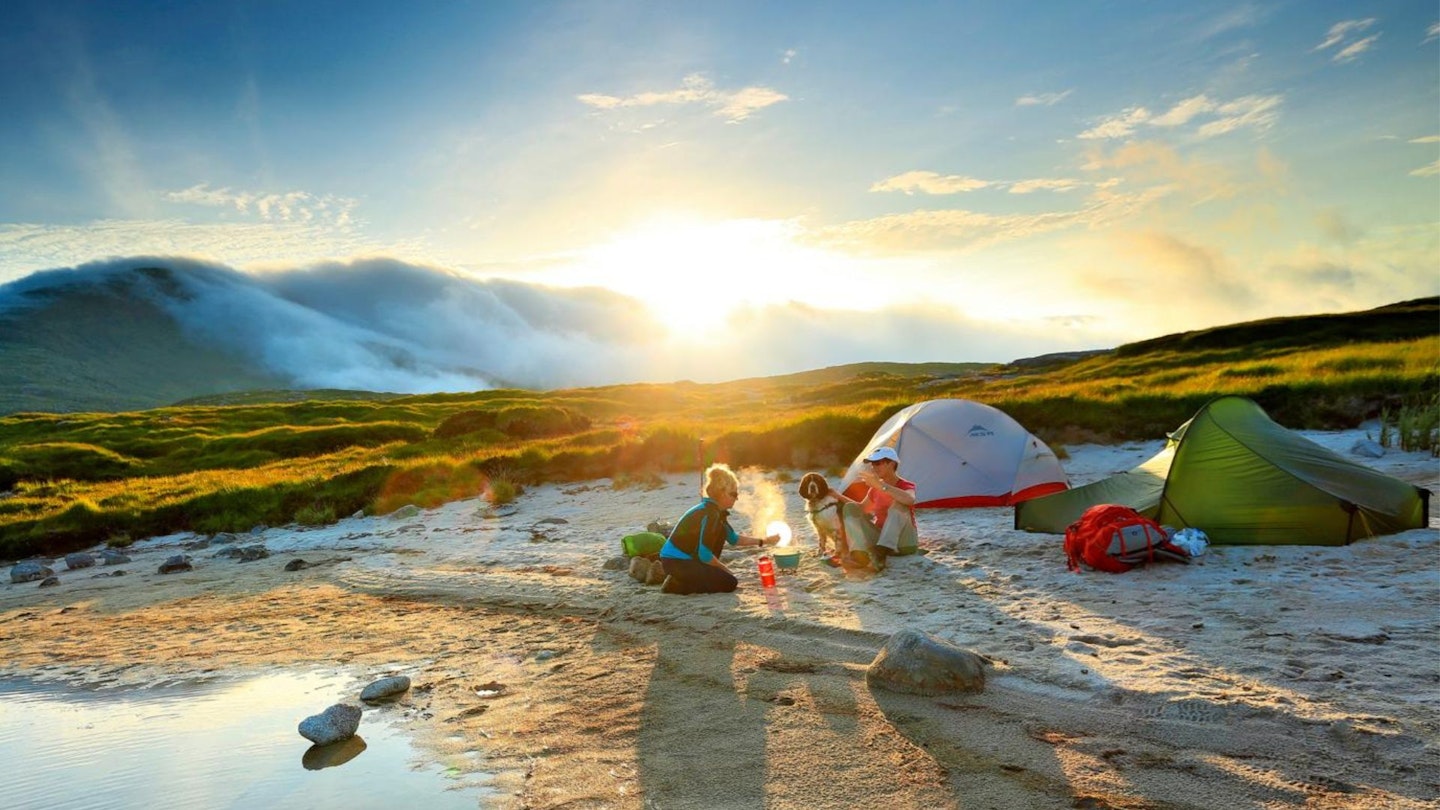
Out of the three sacrifices, money is our top choice. We think a brilliant tent should be an investment - and buying one should be a thoroughly thought through decision process. Going for the best one you can afford will not only ensure you're adequately protected from the elements, but also ensures you're buying a quality shelter that will last a long time with the right care and treatment. But with thousands of options on the market, choosing the right tent can be overwhelming.
Thankfully, the experts at LFTO and Trail magazine, who are - quite understandably - tent obsessed, are here to help you navigate the key factors to consider when it comes to choosing your home-from-home.
How we know all this stuff
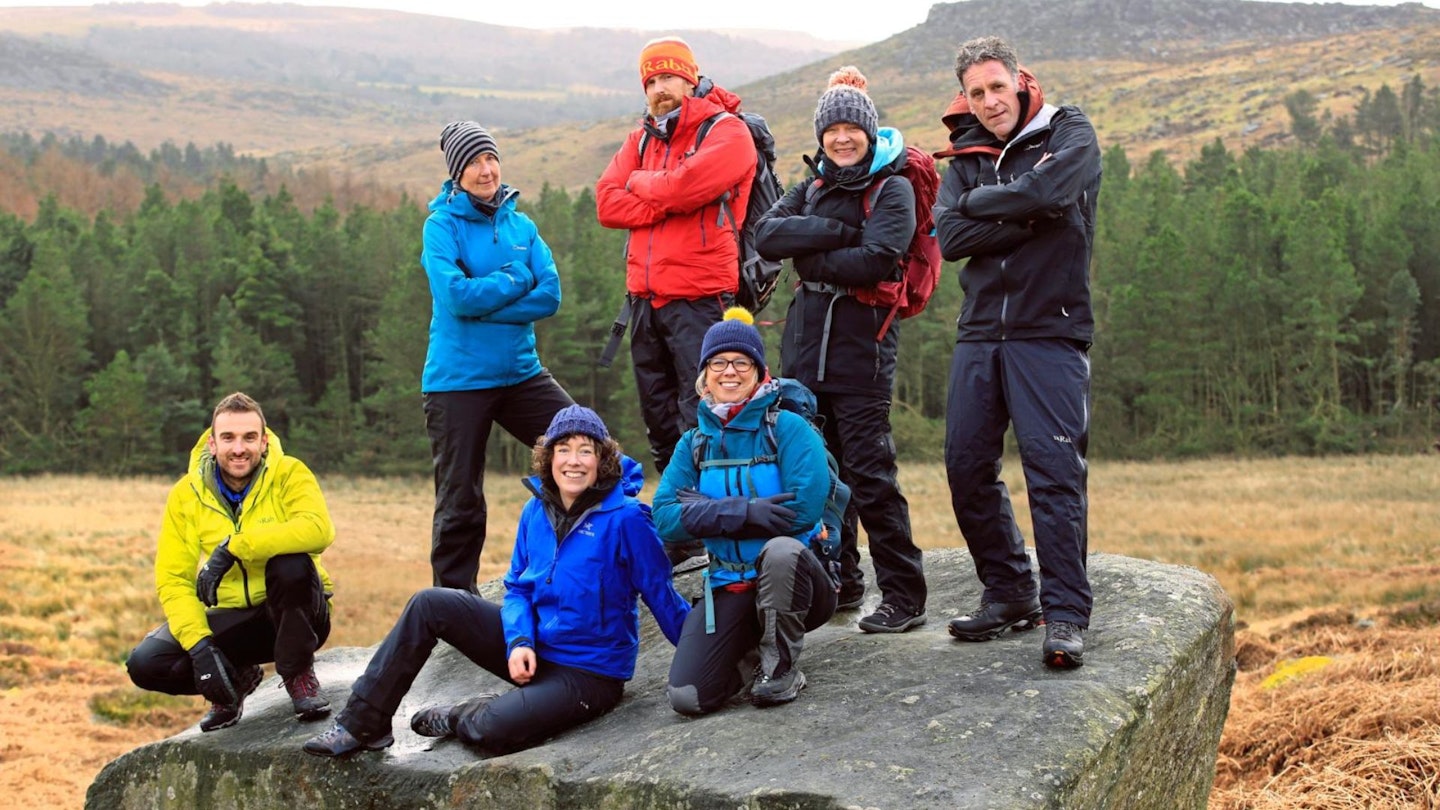
The team at Trail and LFTO are experts with decades of camping, walking and adventuring experience under our collective belts. We've spent more nights under canvas than we care to remember, and have tested hundreds of different tents in our time - so we know exactly what to look out for in terms of features, comfort and weight. Here's more about the team, and exactly why you can trust us.
What size tent is best?

The first decision you need to make is what sort of tent capacity you want. Backpacking tents are typically categorised by the number of people they can accommodate, ranging from solo tents up to those that can fit four or more people. This is usually reflected in the name, and more usually in the cost, with one-person shelters naturally starting at a lower price. One-person tents are ideal for single backpackers who prioritise weight and space, while two-person tents are suitable for couples or friends who want to share a tent - in addition to solo travellers who want to starfish, or spread their gear out a little more.
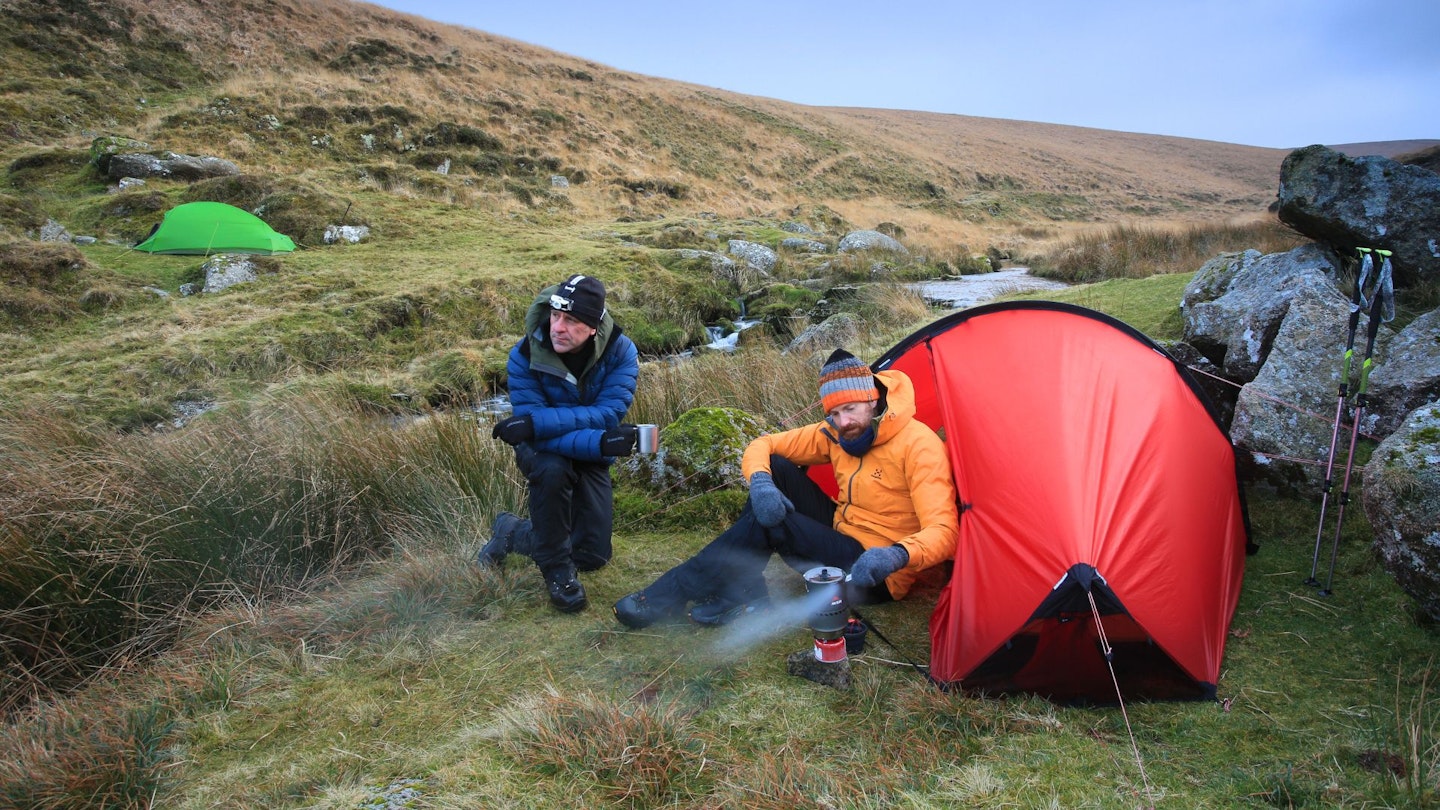
Three and four-person tents are slightly less common for lightweight backpacking but can be a good choice for small groups or those needing extra space for a dog, or even a child or two. Advances in fabric technology also means that a three person tent often weighs only slightly more than a two person tent.
When choosing the capacity, consider your personal space preferences and whether you will need room for gear inside the tent. For the most part, two person tents are a great bet if you're just starting out as they provide more flexibility for only 200g-300g more than a one-person shelter.
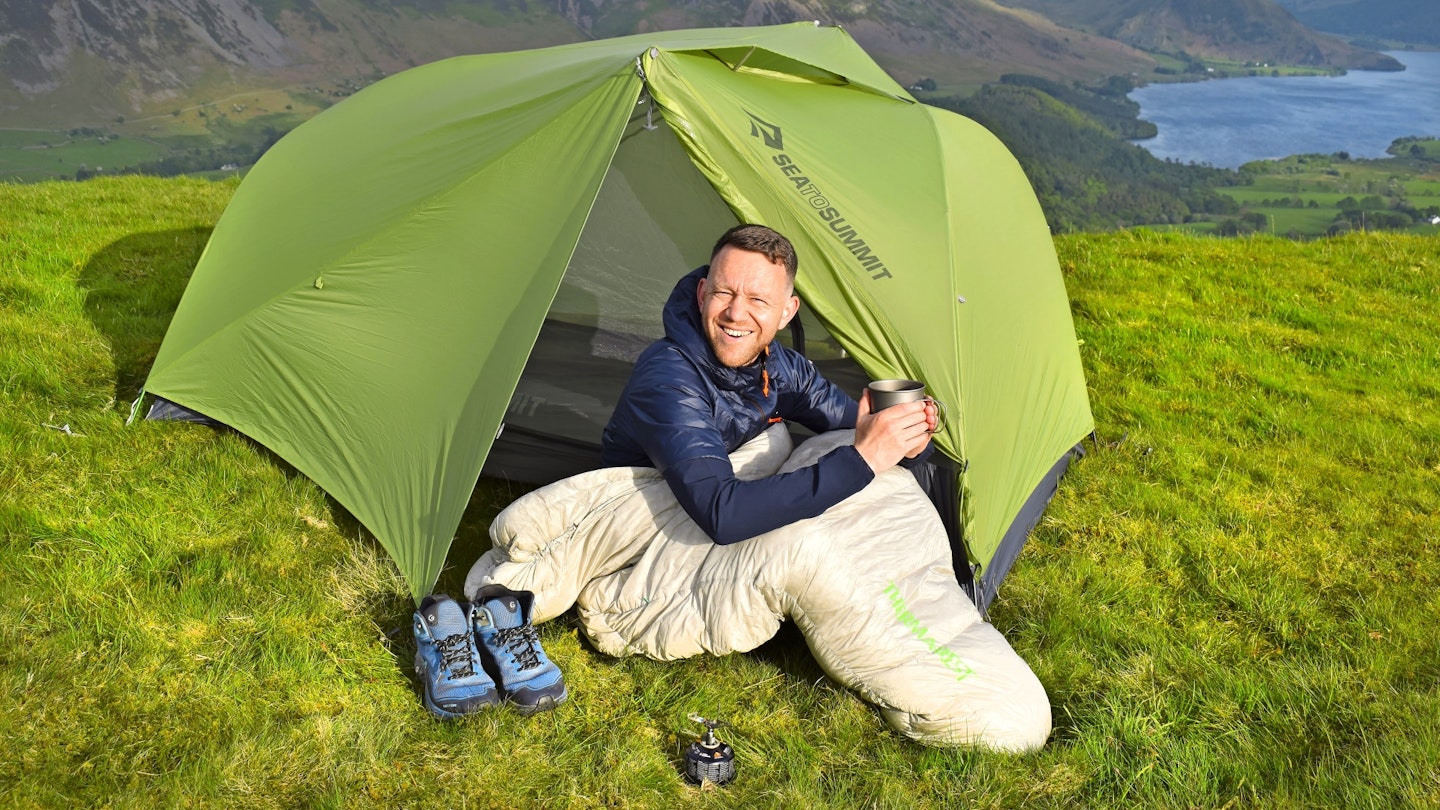
Unlike campsite-style or family tents, most backpacking tents will have just one sleeping vestibule to save weight, and to speed up pitching and breaking camp - but they'll differ in terms of the space in the porch, and how much space they offer inside. This is mostly dictated by the shape of the tent, so, without further ado:
What shape tent is best?
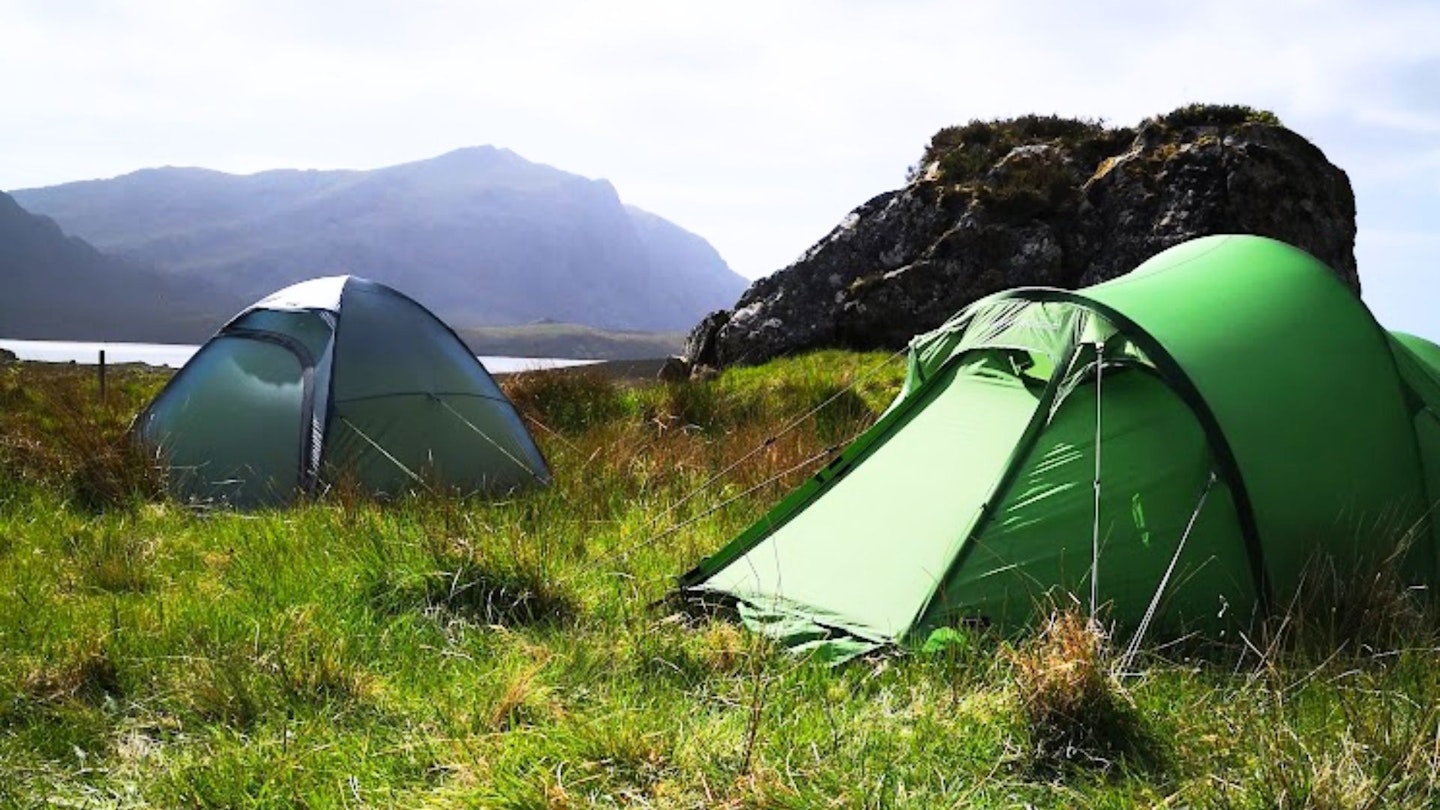
Tents come in all manner of shapes and sizes. Backpacking models can either be super lightweight single skinned numbers, or for increased warmth and weather protection (and more commonly in the UK) have two skins: an inner plus an outer waterproof flysheet.
We recommend a double walled tent if you're just starting out, as single skins and tarp tents tend to be on the more extreme end of things; they tend to be used by people on mountain marathons, or who have big goals to complete in a short time, so saving weight is of the essence and it doesn't matter about condensation, bug bites or staying warm. Unless you're going for a record, you're much better off with something that has a breathable inner and a waterproof outer.
Double-walled backpacking tents can be roughly categorised into a handful of common types, but this is where things start to get a bit muddy - the boundaries of where a tent becomes fully freestanding, partially freestanding, a dome shape, geodesic shaped, tunnel, hybrid tunnel or hubbed-pole are often blurred, especially with more modern designs. But let's have a go at categorising them anyway.
Freestanding tents (dome, geodesic)
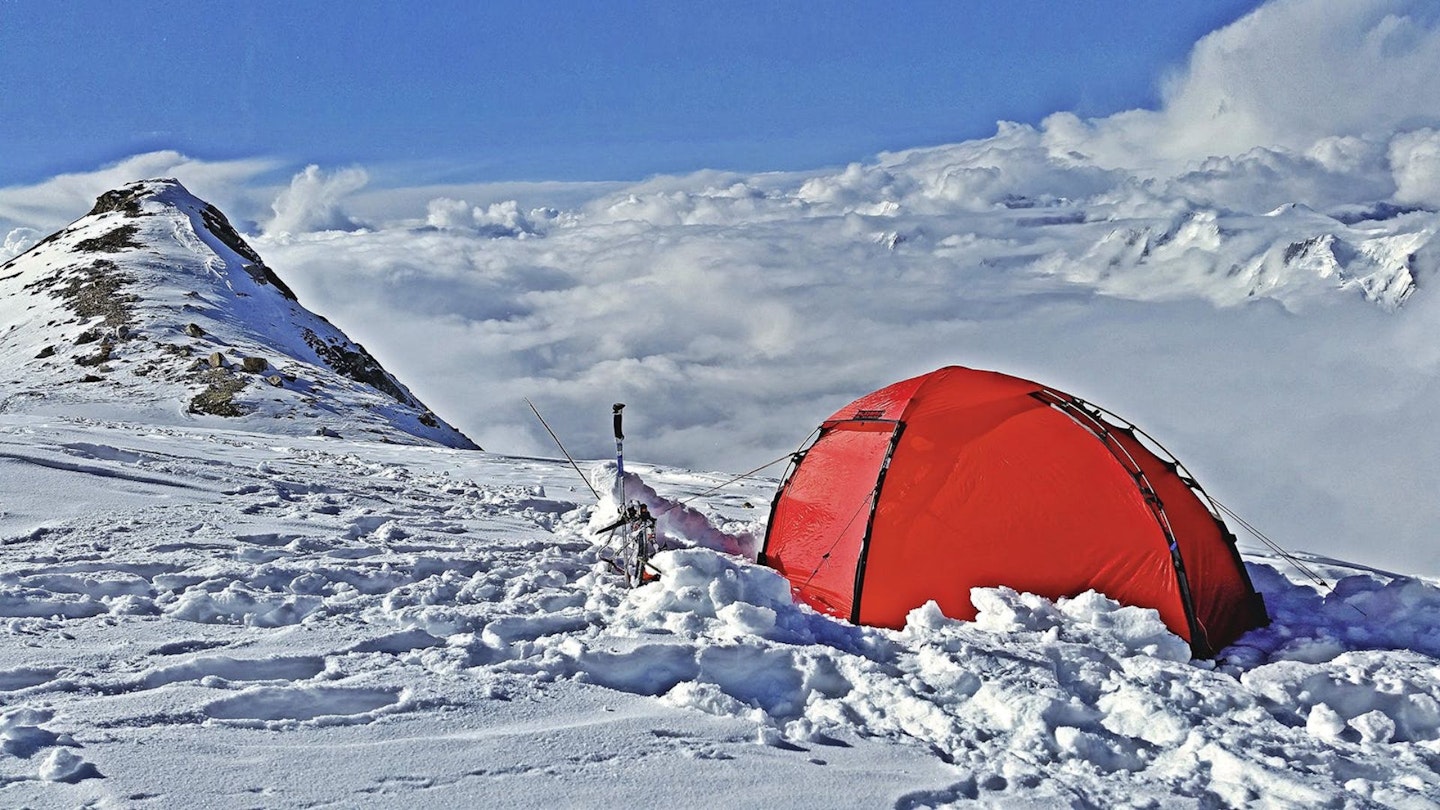
Freestanding tents do what they say on the tin: they stand alone without support from tensioned guy-lines, making them easy to move about once pitched. They tend to be heavier due to having to support all elements of the fabric by themselves, but are our first choice for winter hiking, or anything which involves tough weather conditions.
Freestanding tents come classed as dome, or geodesic. A dome tent is where the poles cross once or twice, for example the red tent in the picture above, the MSR AdvancePro II, or the classic cross-pole design of many a cheap festival tent.
A geodesic tent, technically, is where the poles cross more than twice, which makes them hugely strong - the tents you see being used in the artic or the Himalya are usually geodesic, in addition to some of our favourites such as the Terra Nova Quasar II, or the Terra Nova Voyager. However, people often refer to "geodesic" to mean any and all freestanding tents, including the semi freestanding tents which are more are popular these days due to being slightly lighter.
Semi Freestanding (hubbed pole structure; hooped single pole)

Semi freestanding tents are mostly freestanding but with certain elements such as porches or foot boxes which need to be pegged out. They're very common as they strike a good balance between weight and ease of use, but sometimes aren't quite as durable as true freestanding tents.
A revolutionary design element used in semi-freestanding tents is the hubbed pole structure, first trialled by MSR with the Hubba tent range in the mid 2000s. Unlike a dome or geodesic tent, which uses two poles to cross over and provide height and strength, it uses one continuous pole with a Y shaped structure at each end (or one end, if you look at much of Vaude's offerings), plus a small, fixed roof pole to give greater headroom. This saves weight overall, without compromising on liveability.
Some tents, such as the Terra Nova Southern Cross II combine all these elements, replacing the small roof pole with a large, full pole across the midsection, which means greater durability in higher winds - something other hubbed pole structure tents struggle with occasionally.
Tunnel
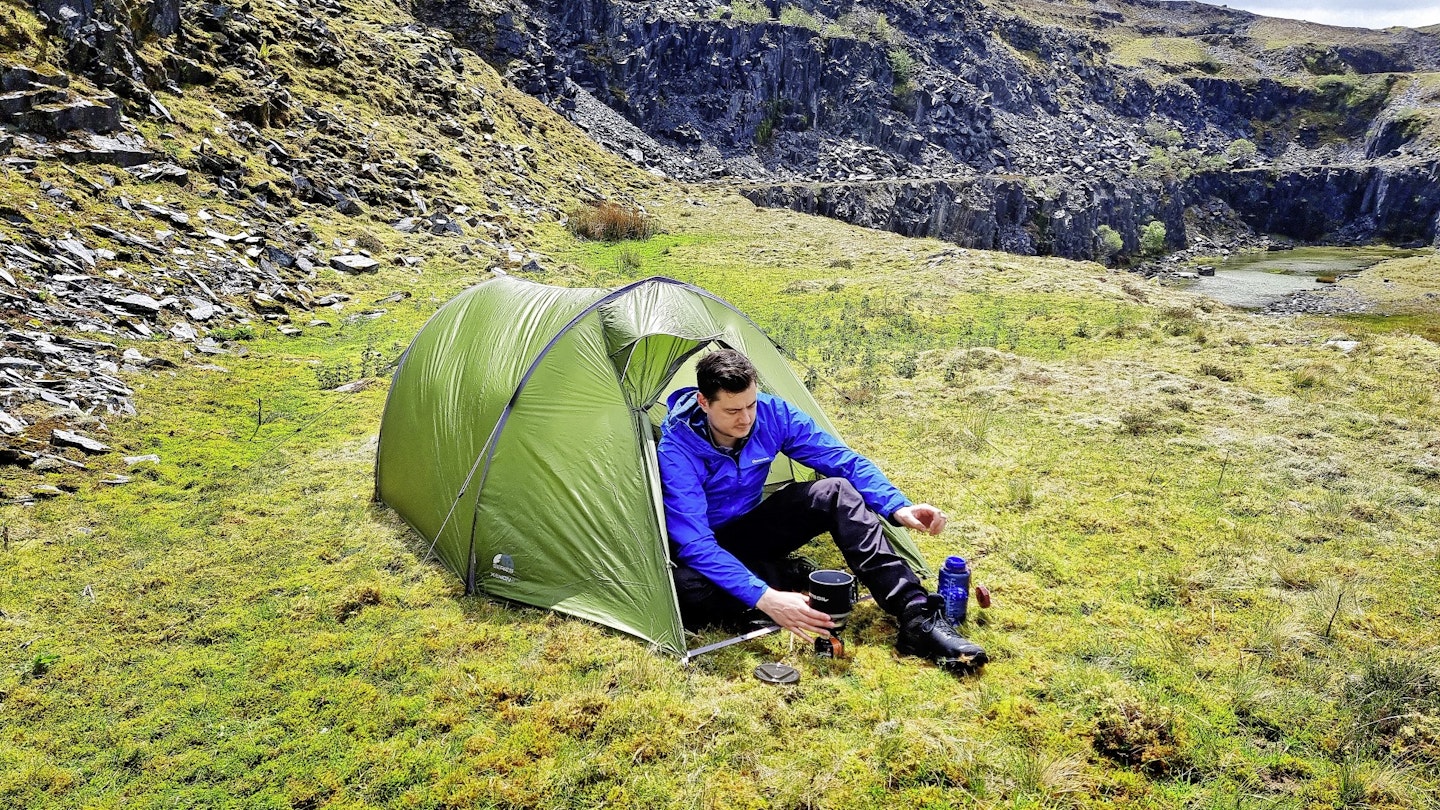
Tunnel tents are popular because they optimise for both weight and liveability - you get a lot of tent for a low pack weight. However, tunnel tents live and die by where and how they're pitched seeing as they get structural support from the guy lines rather than the poles. If you can guarantee a flat spot with lots of room, then a tunnel tent will provide plenty of space and room for you to relax - but if you can't find somewhere suitable, then you'll be in for a windy, flappy night.
Some lightweight backpacking models, and other bivvy style bags have a tunnel shaped design which sits very low to the ground. This is better than taller tunnel tents if you're going to be out in high winds, as you're much less likely to be blown over, but it does often compromise on liveability - often sitting up is difficult.
A common compromise on the tunnel tent side of things is something like Vango's F10 Helium UL 2, which is a semi-tunnel design with one large hoop in the middle, tapering down to two smaller vertical poles at the head and feet. This means ultimately less flapping, and that it's easier to pitch in high winds.
Inner or outer first?
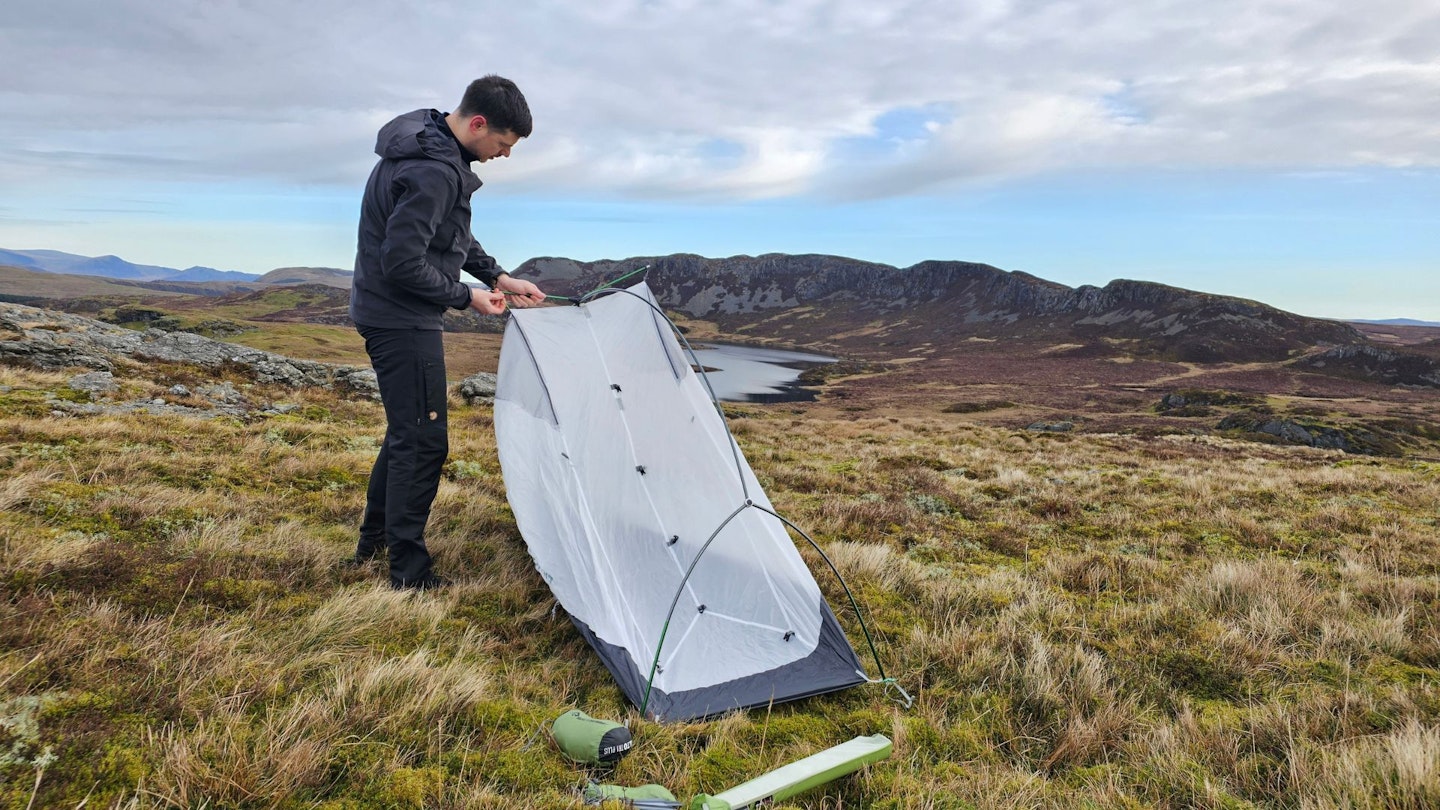
About 60-70% of tents on the UK market are pitched inner first. Inner-first pitching means that headroom and strength are optimised for, but it does mean you risk getting your gear wet if you're pitching it in the rain.
Many geodesic, dome and semi freestanding tents pitch inner first, and for the most part, you can dump the fly on as soon as they're up, which doesn't take much time at all - it's only around a minute or two of weather ingress at the most. We tend to use an inner-first configuration for lightweight summer backpacking and haven't found pitching in the rain to be too much of an issue. Taking a microfibre towel tends to sort any damp patches out pretty quickly.
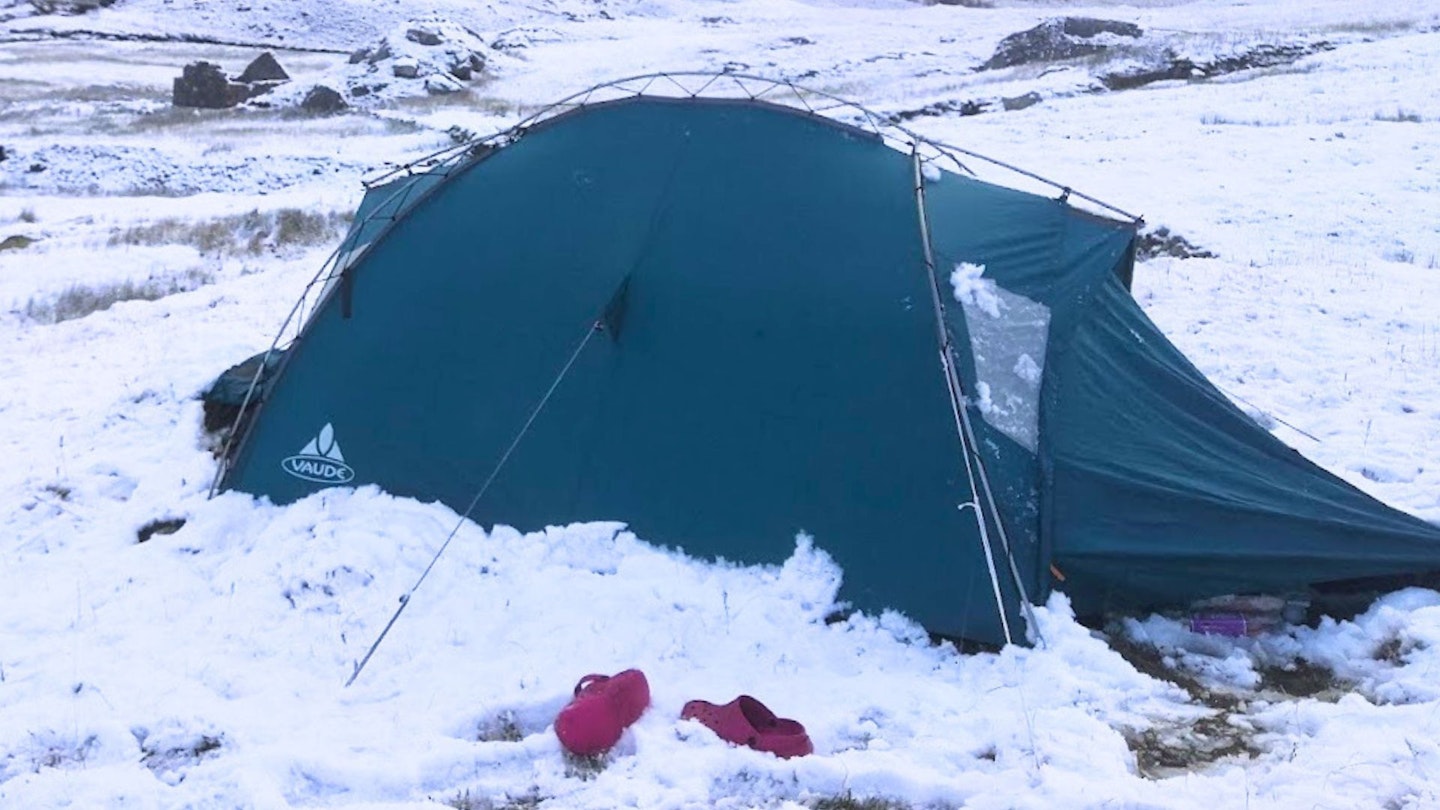
If you know you're going to be using the tent in all sort of weather and don't want to have to worry about going inner first, then bear in mind that most tunnel tents and tunnel hybrids often use outer-first pitching. Vaude, however, seem to have cracked it with an exoskeleton system which optimises liveability, head height and outer-first pitching without using a tunnel design; we've been using the Vaude Mark UL III for around seven years in Scotland if we're camping during the winter months. The Terra Nova Southern Cross II also uses the exoskeleton design but is much lighter - of course, for a much higher price.
Liveability and features
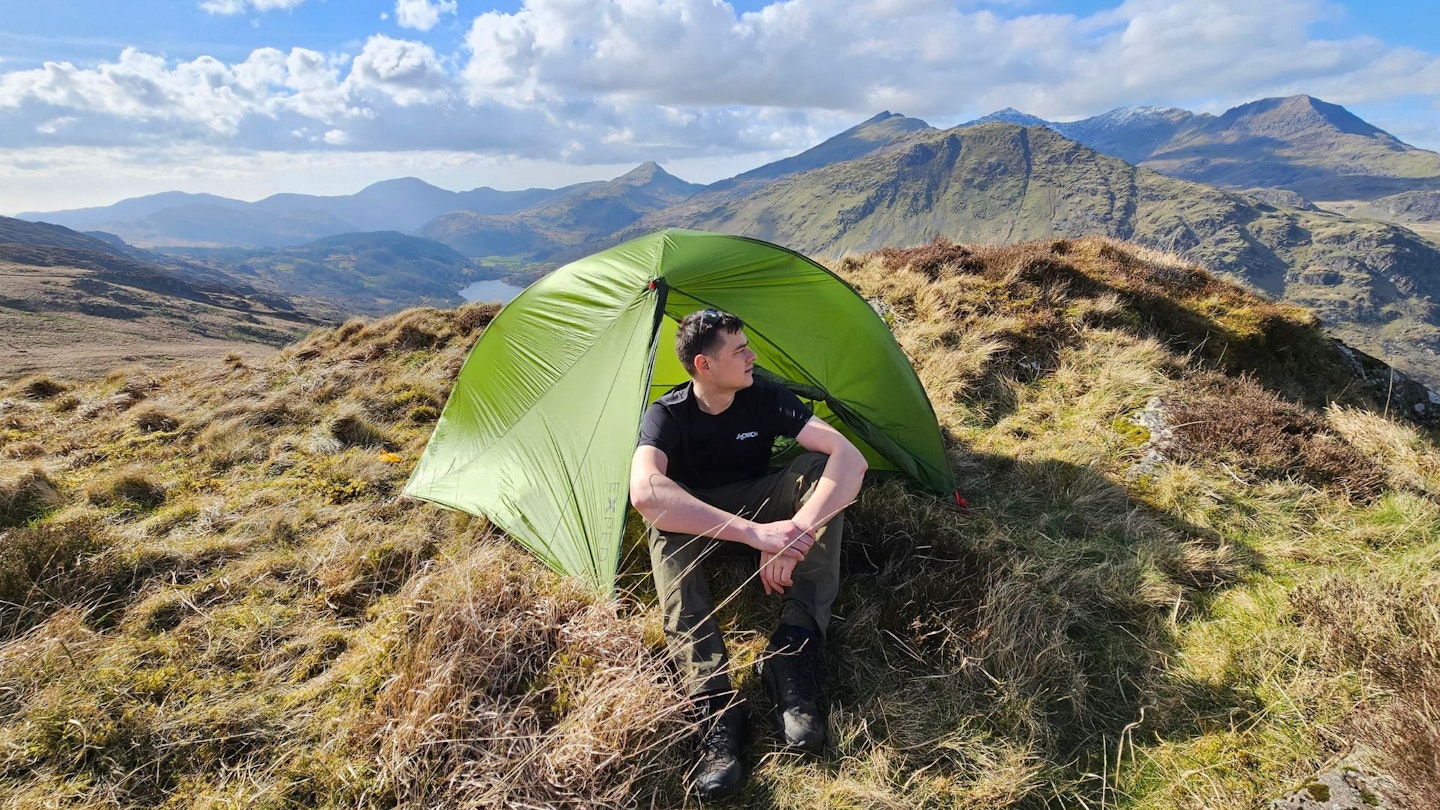
Liveability refers to how comfortable and functional a tent is for living in. Key aspects to consider include floor dimensions and area, porches, doors, peak height, and interior pockets. Ensure the tent has enough room for sleeping pads and gear by checking the floor dimensions and total area, especially if you’re tall or need extra space. It's always heartbreaking to realise that your roll mats don't fit properly if your tent tapers down too much towards the feet! A higher peak height allows you to sit up comfortably and move around more easily; dome-shaped tents typically offer more headroom.
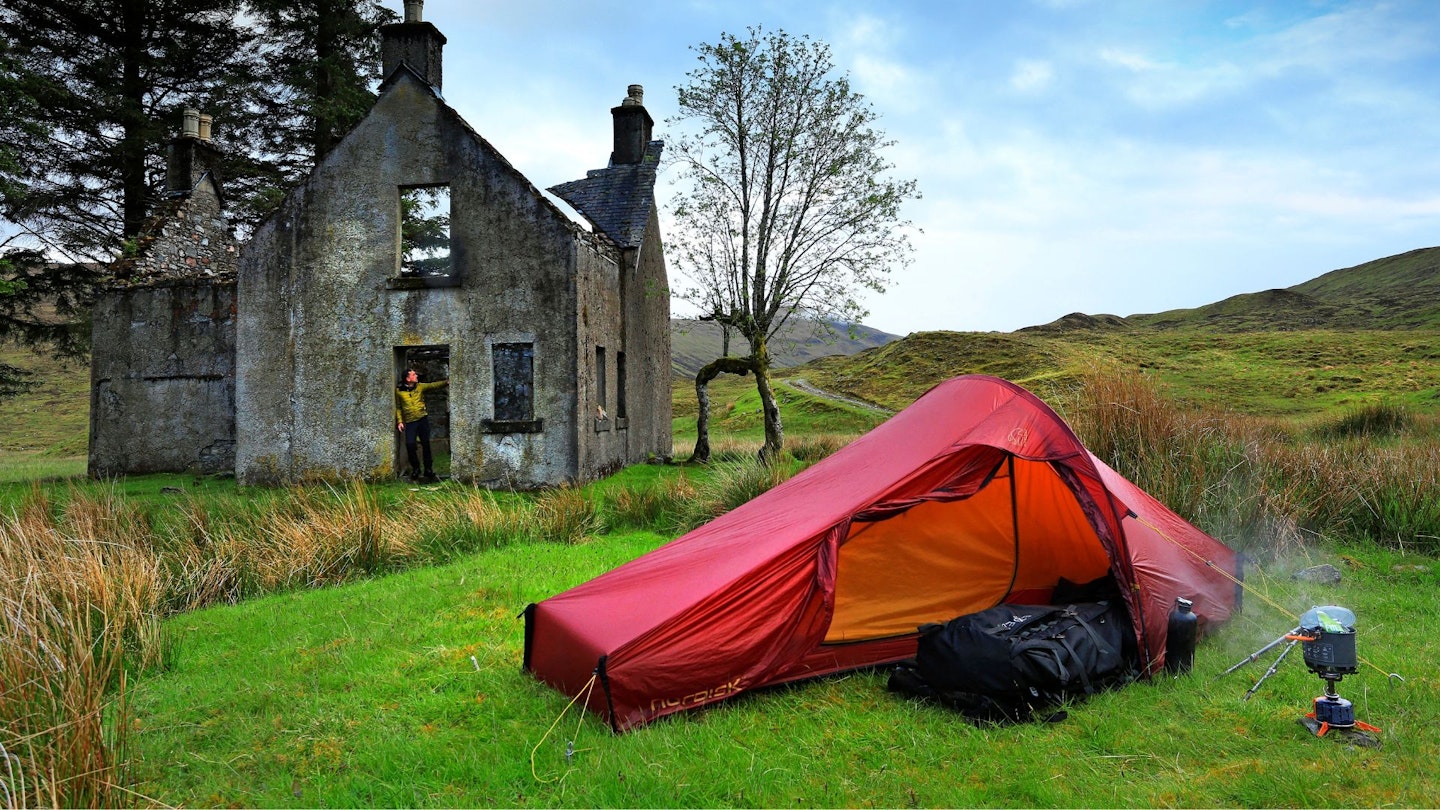
Vestibules, otherwise known as porches, provide covered storage for gear, keeping the interior of the tent clean and dry. You'll most likely want at least large one, of not two smaller ones - one of which can be used for cooking while the other can be used for gear storage. Multiple doors offer convenience, especially in multi-person tents, by allowing easy entry and exit without disturbing others but they do add weight - double the number of zips and catches will soon add up. Interior pockets and gear lofts - which a big mesh pocket above your head for storage - help keep your gear organised and within reach.
One thing we really can't do without in most tents is a hook for a head torch or lantern in the middle of the roof - but these are usually standard in all but the most flimsy or lightweight of options.
Seasonality
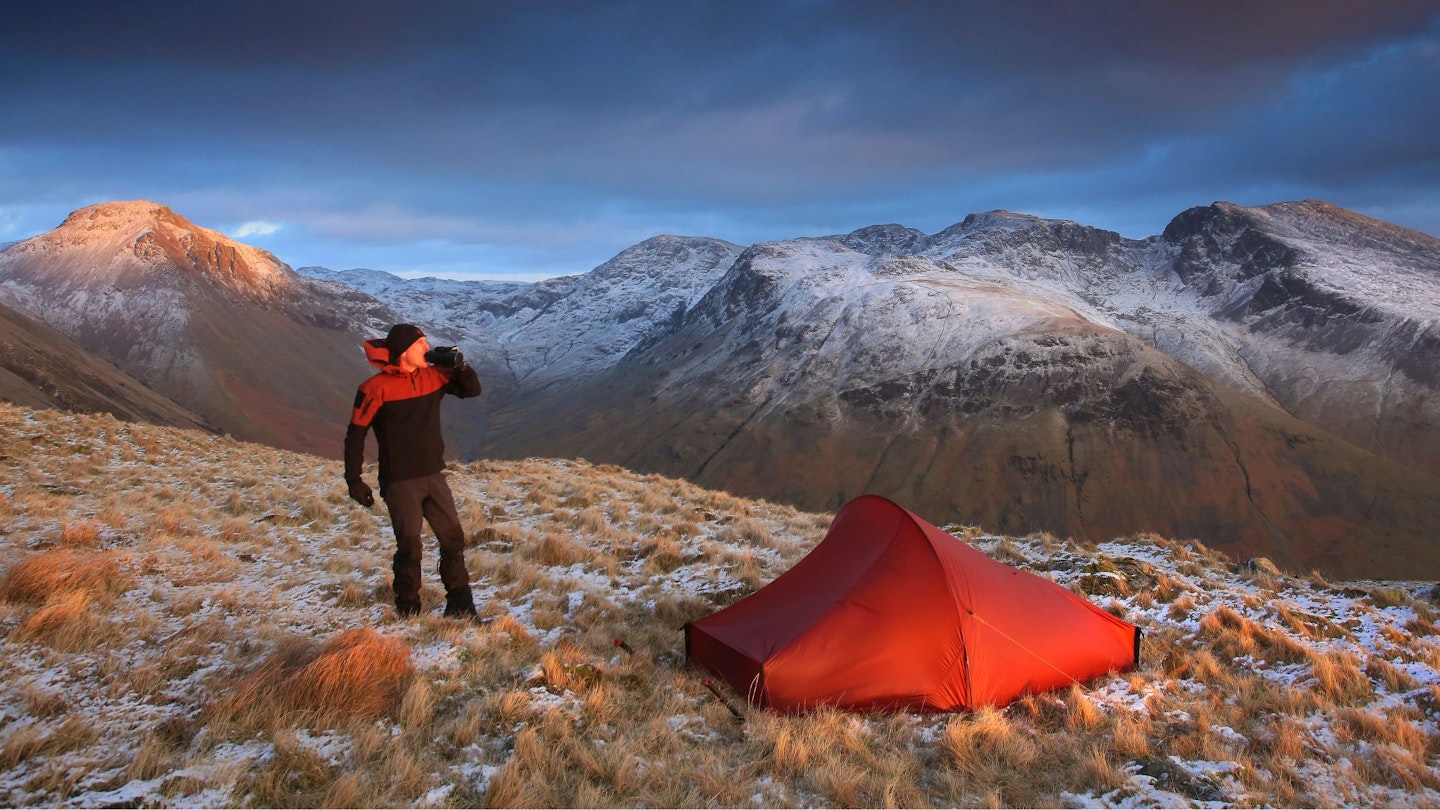
Backpacking tents are designed for different seasons, primarily categorised into three-season and four-season tents. Three-season tents are the most popular and versatile, designed for spring, summer, and autumn (of course, they'll do summer too in most parts of the UK). Three seasoners offer good ventilation, are lightweight, and can handle moderate weather conditions, including severe rain and a dusting of snow.
In contrast, four-season tents are built to withstand harsh winter conditions, making them sturdier and better insulated - but of course, are generally heavier and more expensive. They have steeper walls for snow to slide off, but these are reinforced with poles rather than being tensioned with just a guy line. They also have a flysheet which always goes to the ground and hugs the inner, rather than stopping a few inches short which is common in three season tents. For most people in the UK, a three-season tent is sufficient, unless you're camping on Cairngorm, or in the dead of winter where horizontal, wind-drive rain will pose an issue for some three season tents.
Weight

Weight is a critical factor in backpacking, where every gram really does add up. Having a tent that doesn't weigh you down goes a long way in making your day more enjoyable. In general, you should aim for a backpacking tent that weighs under 2.5kg, preferably less if you can afford it. For really long backpacking trips, aim for a tent with a trail weight of less than 2kg.
Ultralight tents can be even lighter - even down to 500g - but as always, sacrifice some comfort and durability. If you're on a budget, splitting a heavier tent down into poles and materials and dividing it among your group is a good bet.
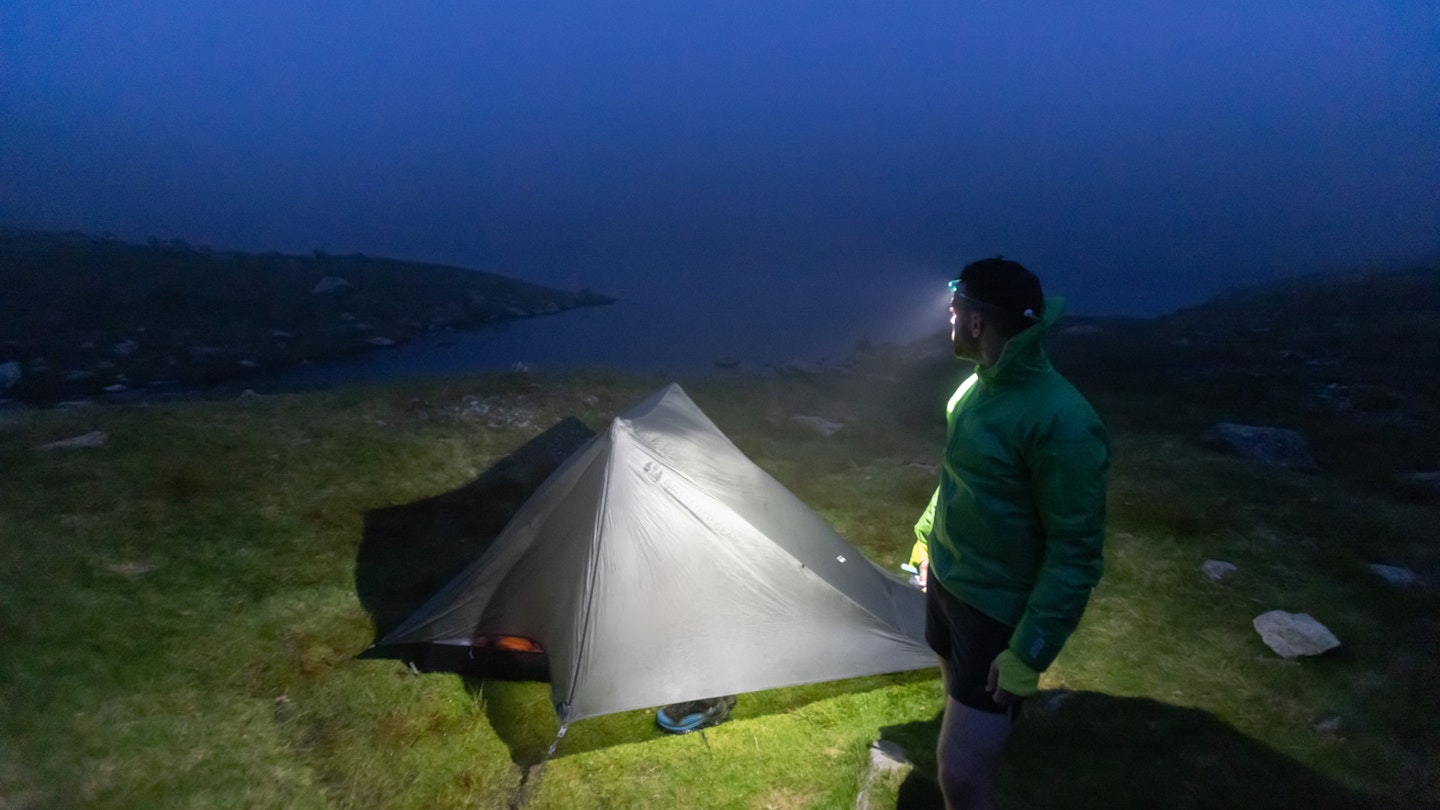
The tent’s weight includes the body, flysheet, poles, stakes, and guy lines. Manufacturers often list two weights: stripped, or minimum weight and then packed weight. Stripped weight is essentially the lowest weight of the tent in working order: the inner, flysheet, poles and the bare minimum number of pegs to work. Packed weight includes everything that comes with the tent, such as stakes, guy lines, stuff sacks, instructions and repair kits. There's usually around a 100g difference between the two.
Weather protection

A backpacking tent should protect you from precipitation, wind, biting insects and curious farm animals. Key features to look for include a flysheet with a good hydrostatic head, sealed or taped seams, and a low profile, or streamlined design for wind resistance. A full-coverage flysheet - i.e. one that goes all the way to the ground and doesn't stop short, offers the best protection from rain. It should also have adequate ventilation to reduce condensation, which will keep you dry from the inside out.
Taped or welded seams, and a DWR coating prevent water ingress. The waterproof rating, measured in millimetres (mm), indicates the tent’s ability to withstand water pressure, with a rating of 1,500 mm up to 3,000 mm being adequate for most conditions for the flysheet. The groundsheet, however, should have a much higher rating - for proper wet weather camping, look for a bathtub style floor and a spare footprint, which can also extend the life of the tent as well as increasing underfloor waterproofing properties.
Materials and longevity
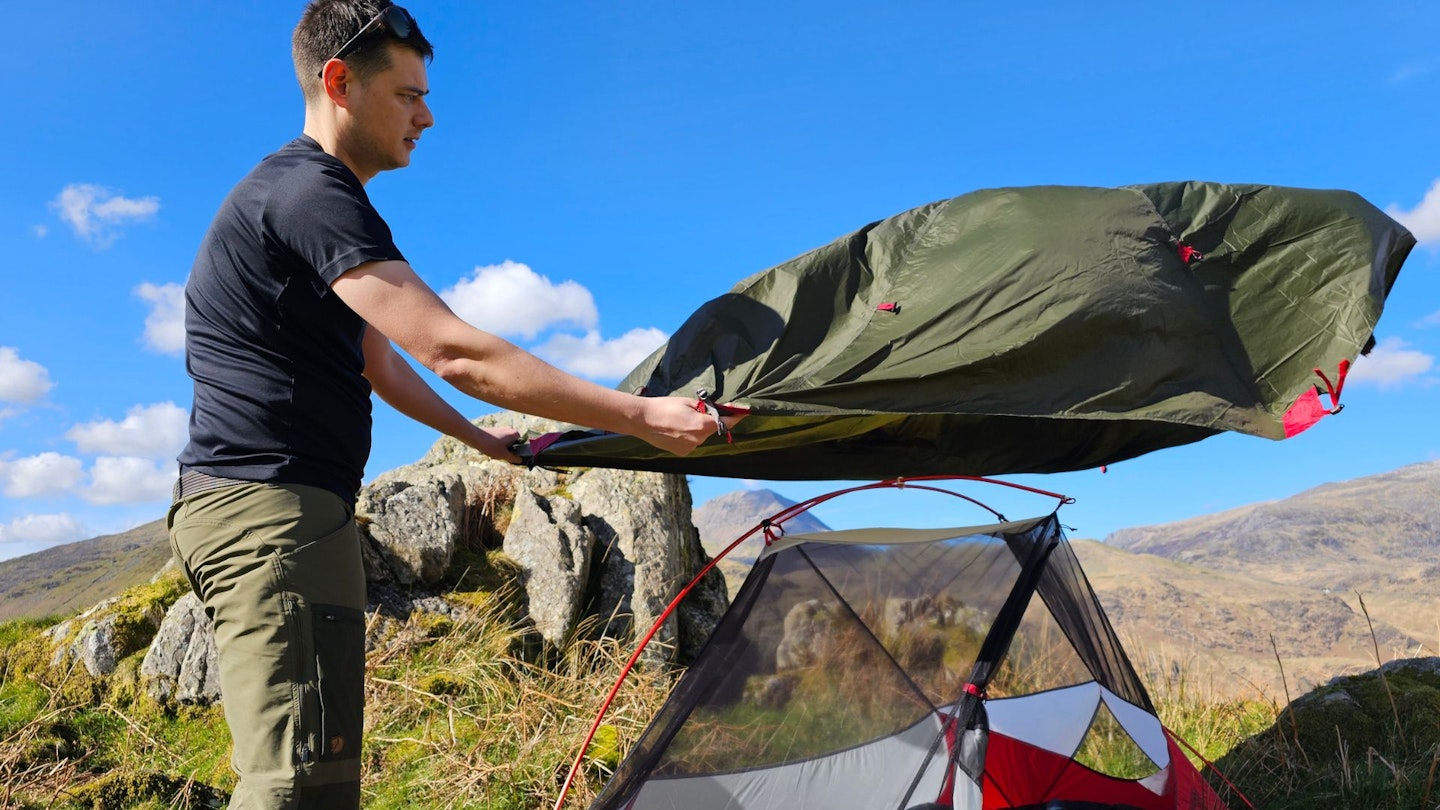
There's hundreds of different fabrics out there when it comes to tents, and we could probably write a book on each of them in terms of their specifications. However, tents with 100% silicone-coated outer fabrics are typically stronger than those with polyurethane-coated ones, but you'll be paying more for it.
As a rule, the lighter the tent, the less robust the fabric is, so pay attention when you're putting it away not to drape it over anything that'll tear right through it. Check for the tear strength of the fabrics too: the higher the better when it comes to things like the denier rating on ripstop nylon, but again, this will be a trade-off with weight.
Poles
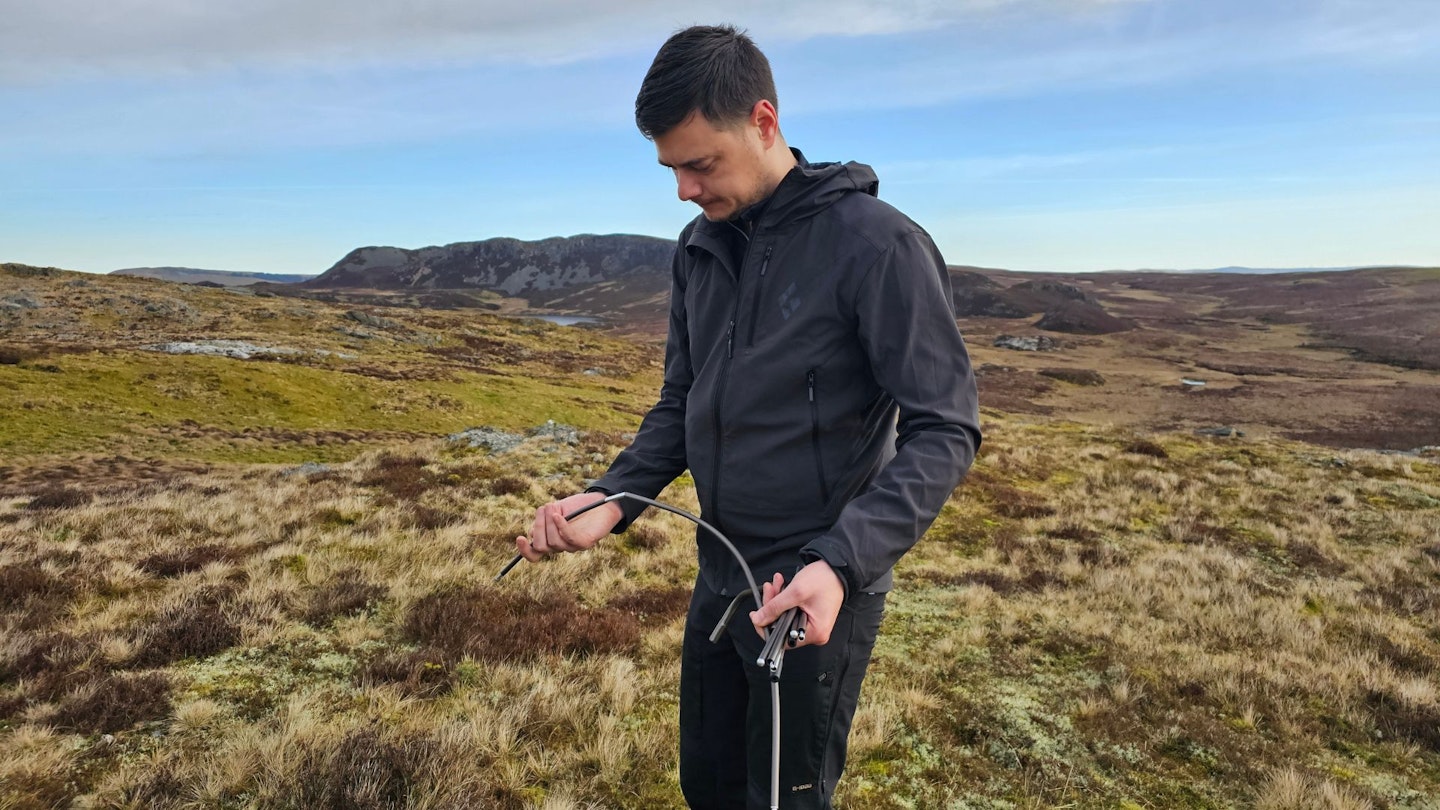
Many mid-range backpacking tents use aluminium poles, which offers an excellent balance of high strength and durability, plus low weight. Very cheap tents might use fibreglass poles, but if you're looking for a three season, low-weight tent, you'll want to avoid this as they're more likely to splinter and break in adverse weather. Some ultra-light tents employ carbon fibre poles, both of which can be more delicate than aluminium, and some of the higher end but still reasonably priced tents will use a range of bespoke composite materials.
Pegs
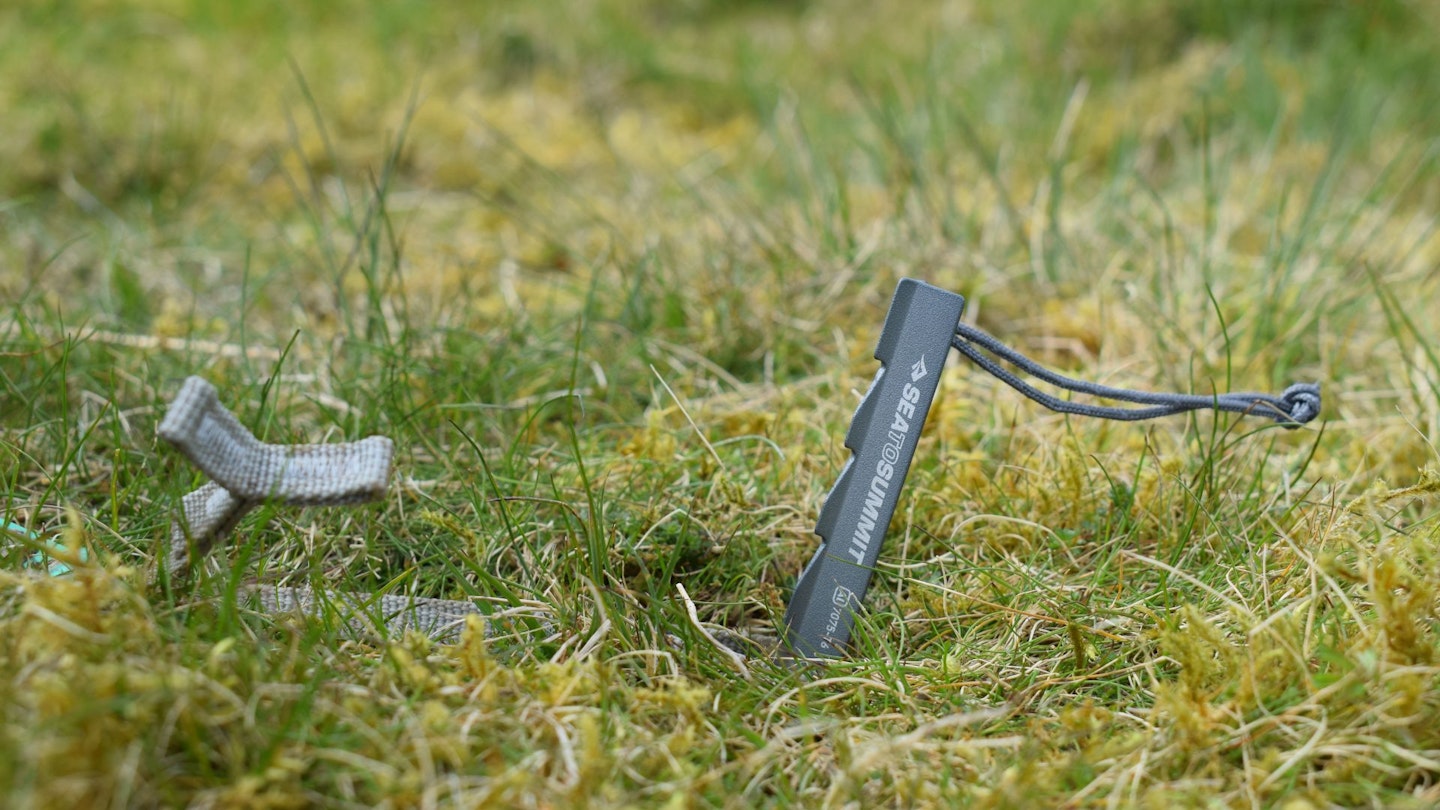
Pegs on lightweight tents might be titanium - or if they're on the budget brigade, sometimes even plastic. However, most tent pegs are made of aluminium as it balances weight and strength brilliantly. Cheaper, heavier tents use steel pegs, but as a backpacker you're unlikely to come across a tent under 2.5kg which does this.
Whatever fabric your tent uses, remembering to clean it properly is key to maintaining its performance and boosting longevity.
Colour
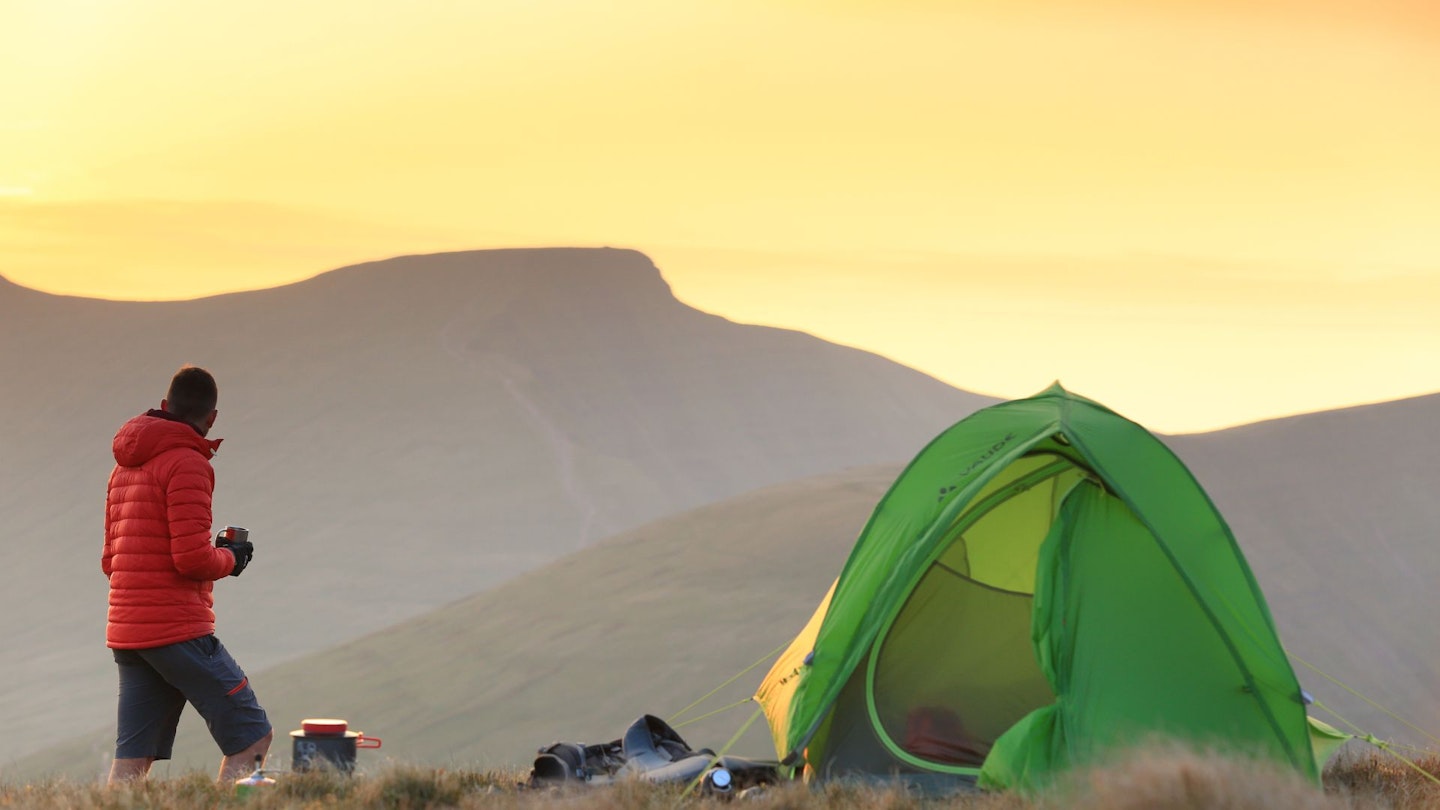
This isn't as trivial as it sounds at first. If you're wild camping, the ethos is to blend in as much as possible - having a bright orange or red tent often feels jarring with the landscape, so pick green if you're likely to be on moorland or in forests.
Grey tents are good for blending in on more rocky, mountainous terrain. However, the reason some tents come in such bright colours (especially the higher end, winter ones) is for safety. If you're doing difficult and dangerous mountaineering, red or orange fabric might just save your life one day as you'll be able to be spotted a lot more easily by a helicopter or search party.
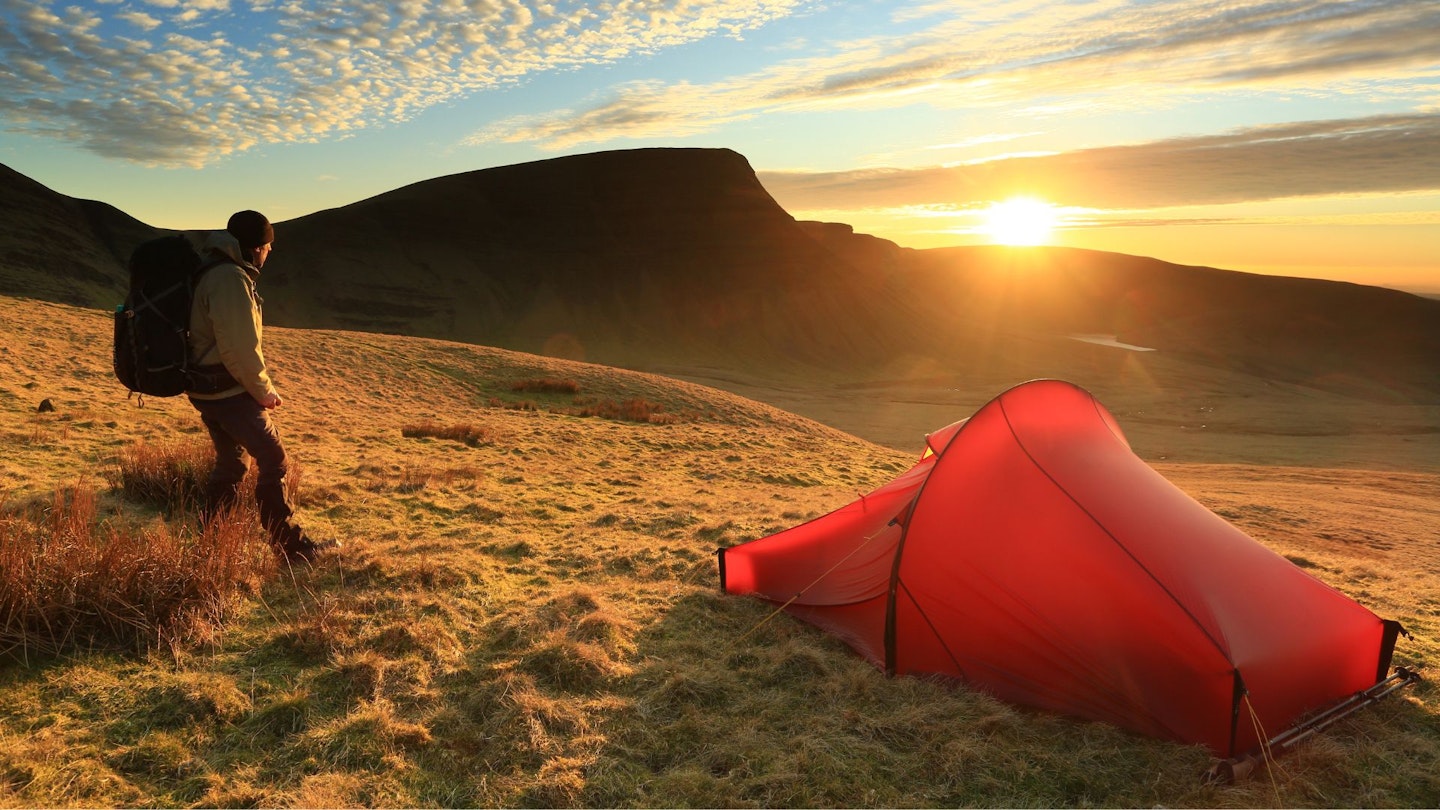
Yellow, white or beige coloured tents are better for hotter countries, as they don't get as warm inside in the mornings (campers refer to being "baked out" of a tent as soon as the morning sunlight hits it), but they don't offer any protection from the light either, meaning you'll wake up more easily than when sleeping in a darker tent.
If you're just starting out backpacking in the UK, we'd recommend choosing a darker green coloured tent. As well as staying warmer in the shoulder seasons, you'll blend in a lot better in the countryside while you're at it.
Ventilation
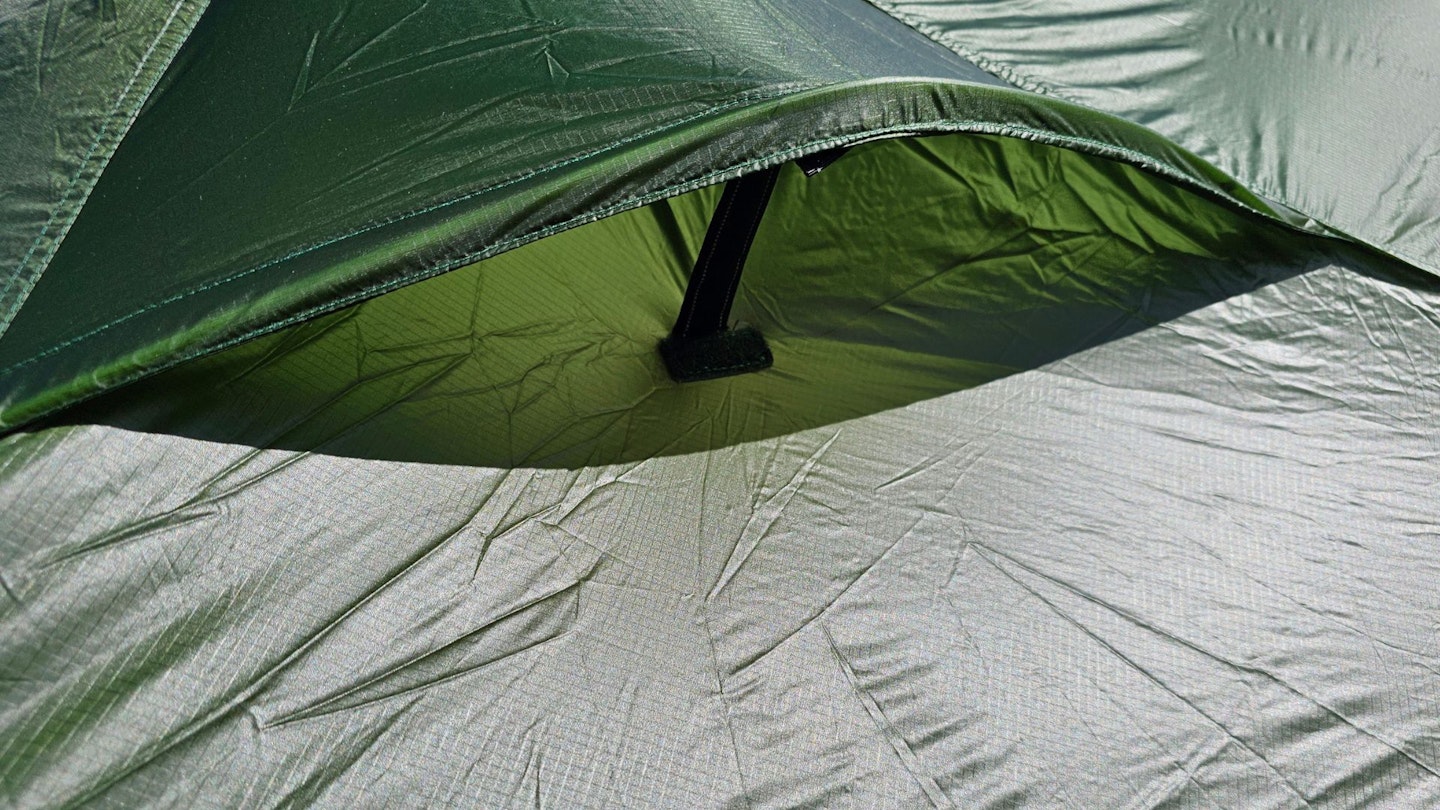
Proper ventilation helps reduce condensation inside the tent, making it more comfortable - especially in winter where condensation can freeze on the walls and then dump ice into your face in the morning. (Ask us how we know.) Ventilation is also essential in the summer to avoid turning your tent into a furnace.
Features that enhance ventilation include mesh panels (or indeed in lighter, two season tents, a whole mesh inner), vents, and dual doors. Mesh panels on the tent body allow for air circulation while keeping bugs out, and they are common in three-season tents. Ventilation vents on the flysheet and tent body help promote airflow and reduce condensation buildup. Having two doors can improve ventilation, especially when both are partially open.
Ventilation is also the reason why many flysheets don't extend all the way to the ground. It leaves an airflow gap, but that can be a downside in colder conditions and makes the tent more draughty and susceptible to water ingress.
Ease of setup
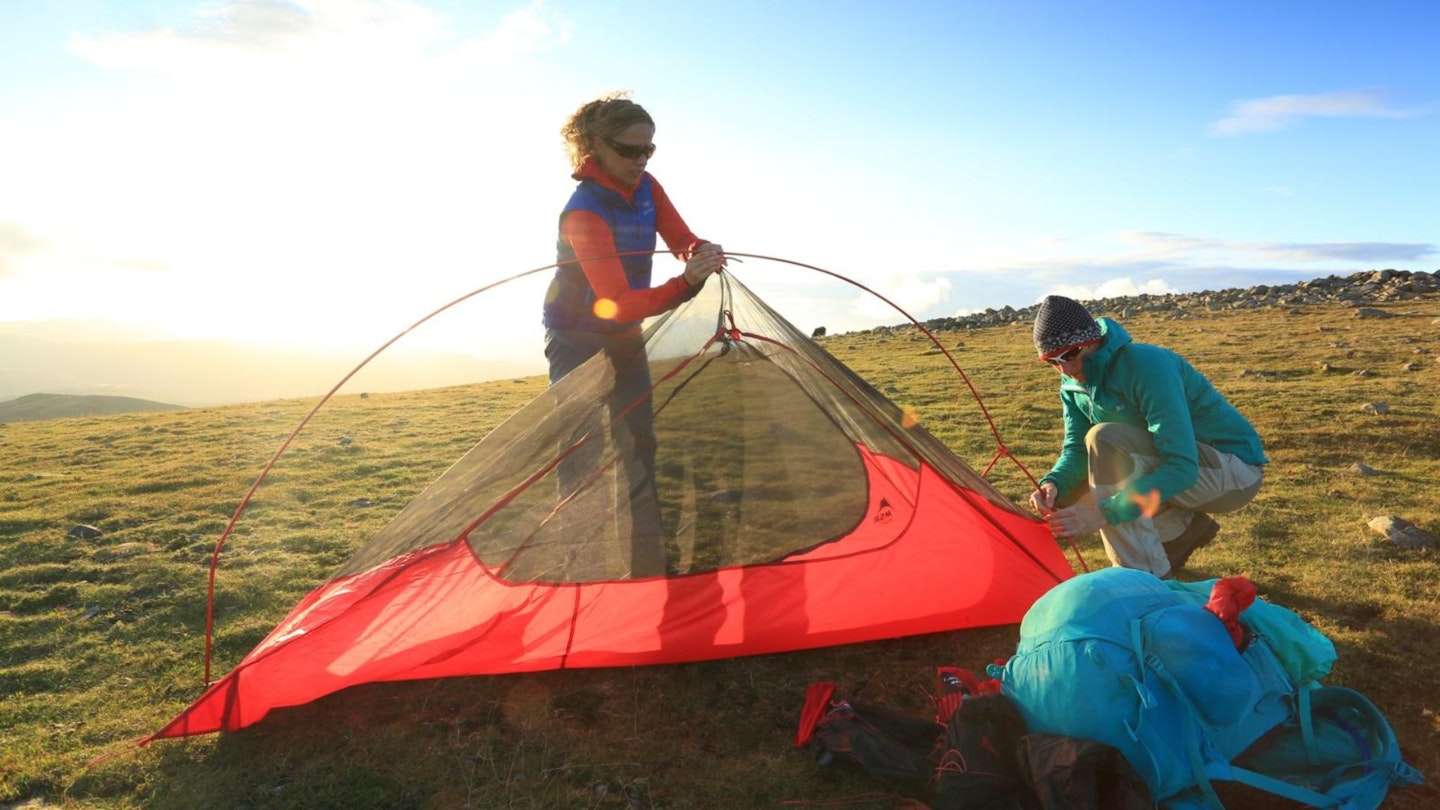
A tent that is easy to erect can save you time and frustration, especially when the weather isn't playing ball. You should be able pitch most backpacking tents alone, and preferably in under five minutes from start to finish, and that's without rushing.
Colour-coded clips and poles simplify the setup process by indicating which components go together, and hubbed pole systems can make setup faster and more intuitive than cross-pole designs. Have a go at putting the tent up and down in your living room or garden before you take it out in anger for the first time - especially if you're likely to be tired or hungry when you come to putting it up!
Price
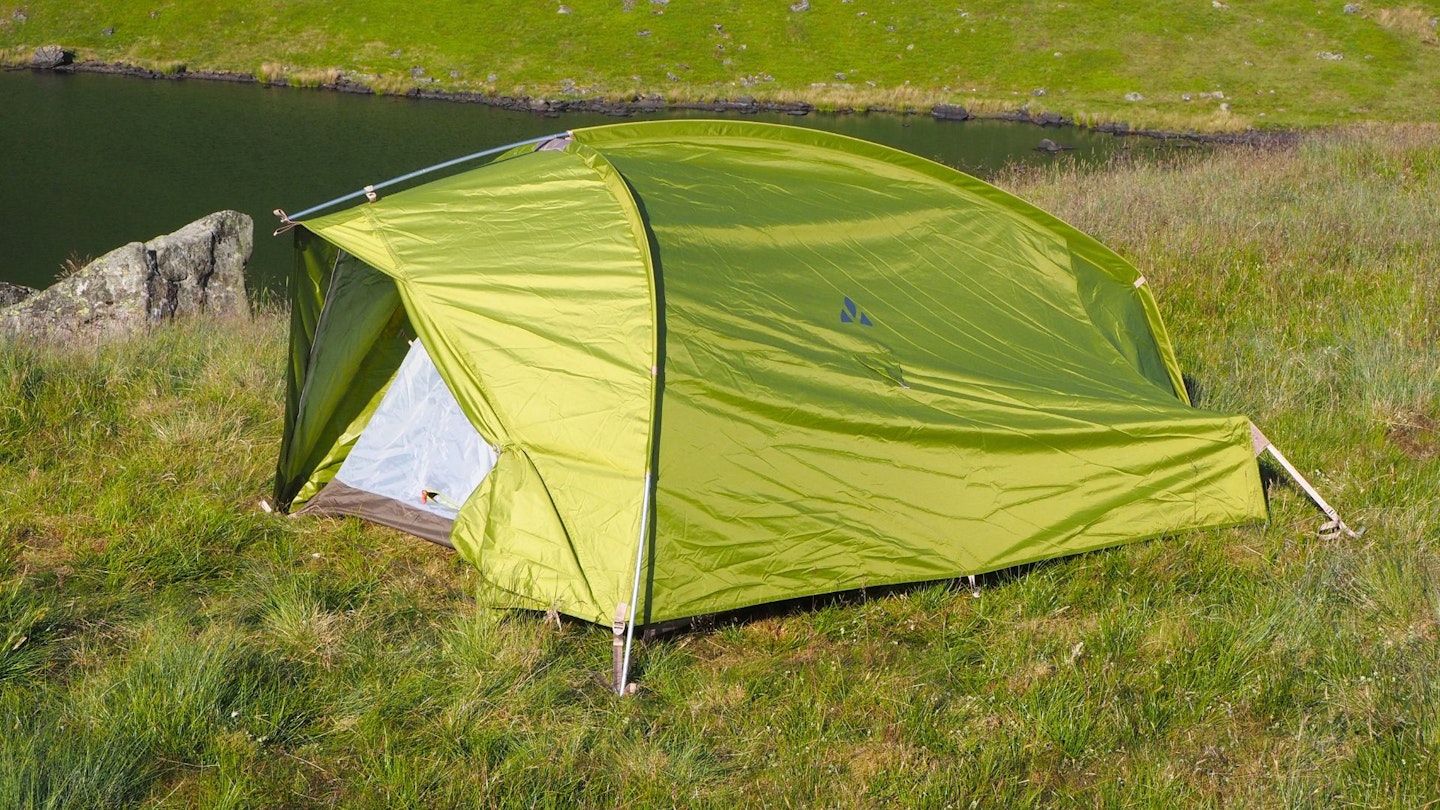
Backpacking tents come in a wide price range, from budget options starting around the £80 mark to high-end four-season models costing well over £1000. If you're starting out for the first time, you can get a perfectly good tent under 2.5 kg for under £250. But of course, the more you spend, the higher quality fabric and lower weight you'll end up with.
We'd recommend listing every feature you'd ideally like to have, be that outer-first pitching, lowest packed weight, two doors, or a high head height, then seeing what fits in your budget with those parameters. You'll probably end up with a shortlist that looks similar to ours!
Brand and reviews
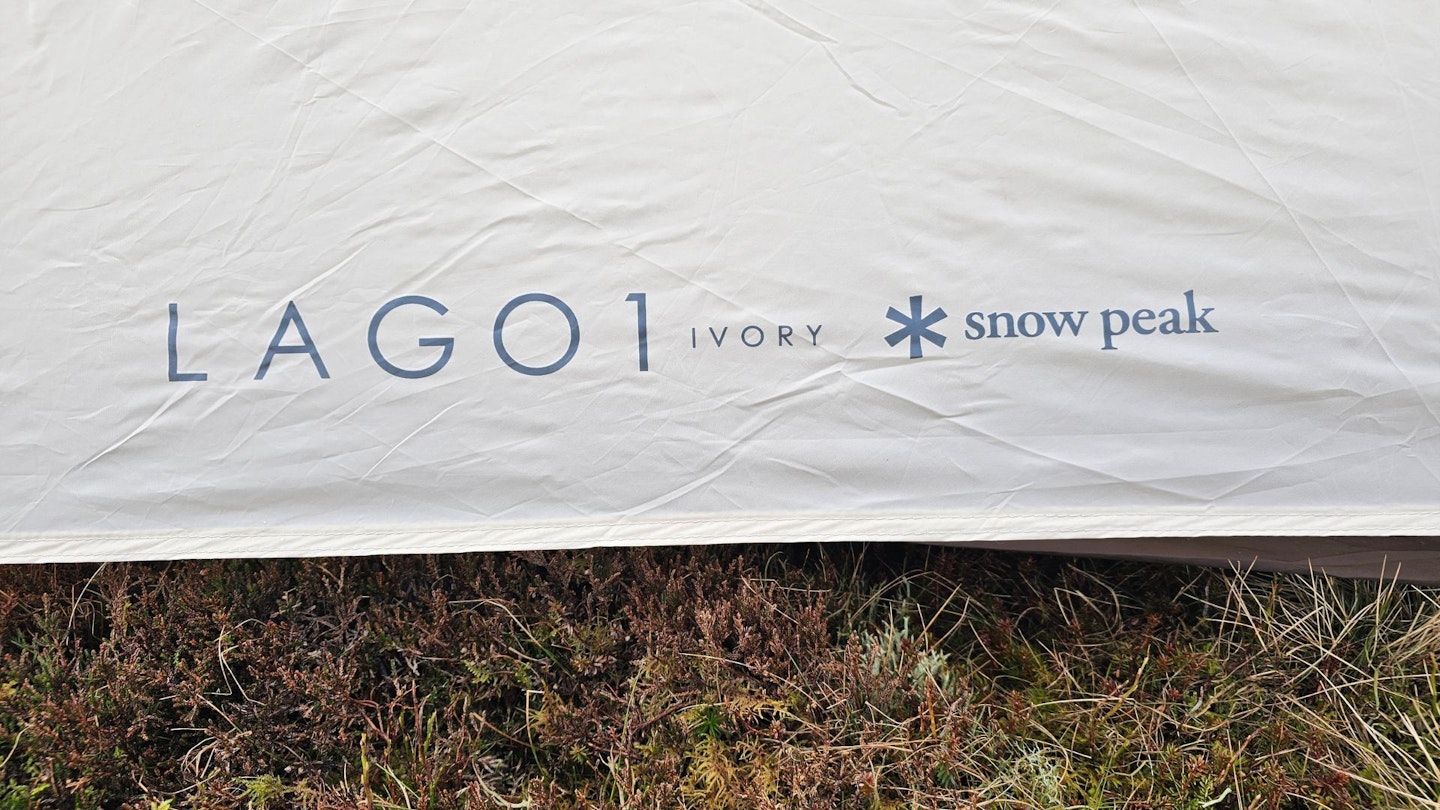
Researching brands and reading user reviews can provide valuable insights into a tent’s performance, durability, and overall satisfaction. Look for brands with a strong reputation in the outdoor gear community and pay attention to user feedback regarding real-world performance. Some of the high-end tent brands we love are Hilleberg and Terra Nova, followed by MSR, NEMO and Vaude in the middle, with Alpkit, Vango and Decathlon offering great backpacking options at a slightly lower price.

FAQs
What is the difference between a camping tent and a backpacking tent?
Camping tents, for use in campsites or next to the car, typically weigh more but offer better liveability. They're designed to be pitched for at least a few days at a time, so aren't as packable, easy to set up or nearly as lightweight as a backpacking tent.
Is 3kg too heavy for a hiking tent?
This is relatively heavy for a backpacking or hiking tent, but it depends on the conditions it's built for and how many people it sleeps. It's about average for a cheaper, two person hiking tent, but you can definitely get lighter options. Alternatively, you can divide the pegs, poles and flysheet among your group when hiking for fairer weight distribution.
Do I really need a tent for backpacking?
For the most part, yes. Unless you're a properly hardcore bivvy enthusiast, we recommend for any multiple night trips that you take a tent with you to protect you from bugs, wind, rain, and wildlife.
Do you need a tarp under your tent backpacking?
Many tents are sold with a footprint or have the option of buying one as an accessory, and is essentially a tarpaulin that matches the tent's shape. If you don't have a footprint and want to carry an extra tarp, then you'll end up extending the life of your tent for many years to come.
Conclusion
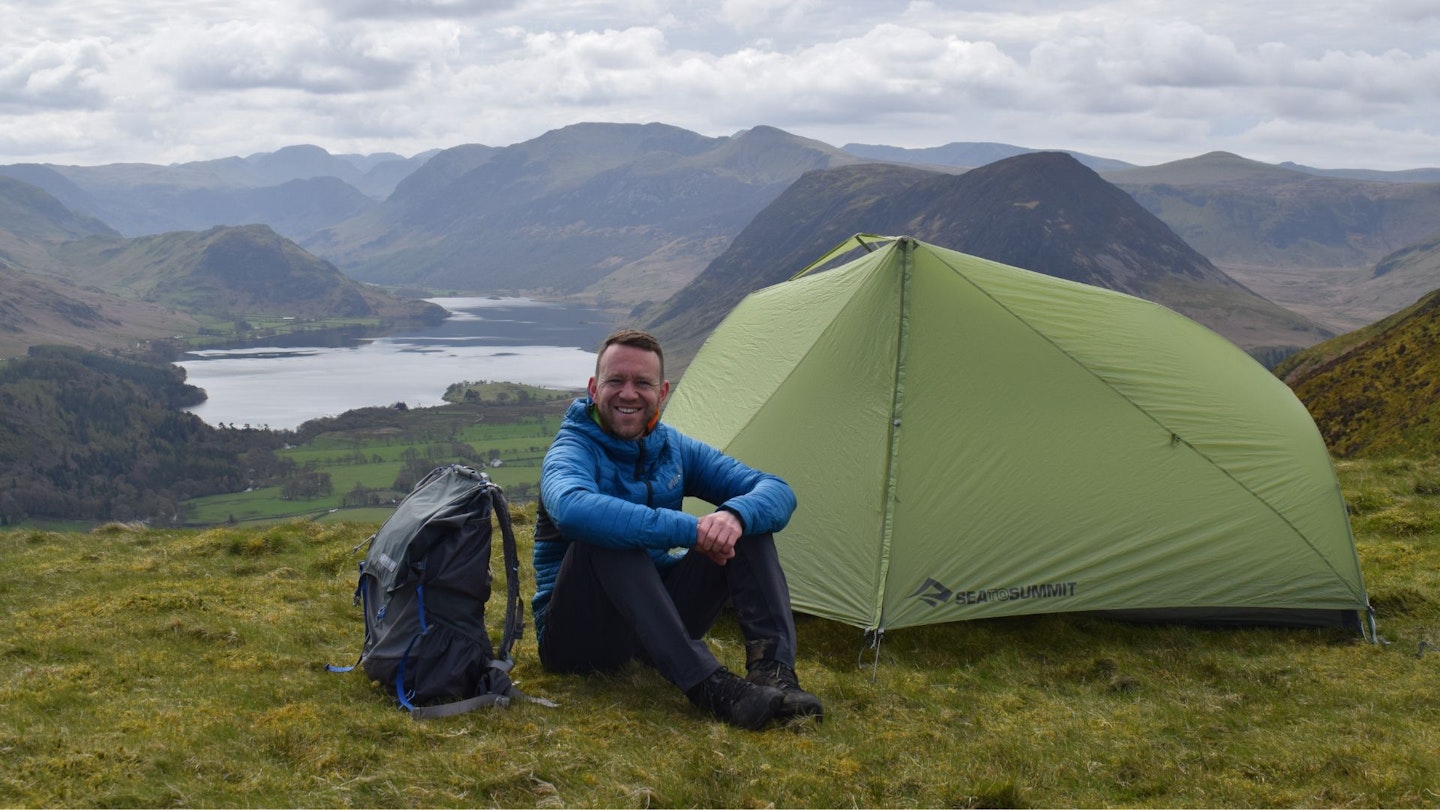
Choosing the right backpacking tent involves considering various factors, including capacity, seasonality, weight, liveability, weather protection, ventilation, ease of setup, durability, price, and brand reputation. By understanding your specific needs and priorities, you can select a tent that enhances your backpacking experience and provides a reliable shelter in the great outdoors. Happy camping!
About the author
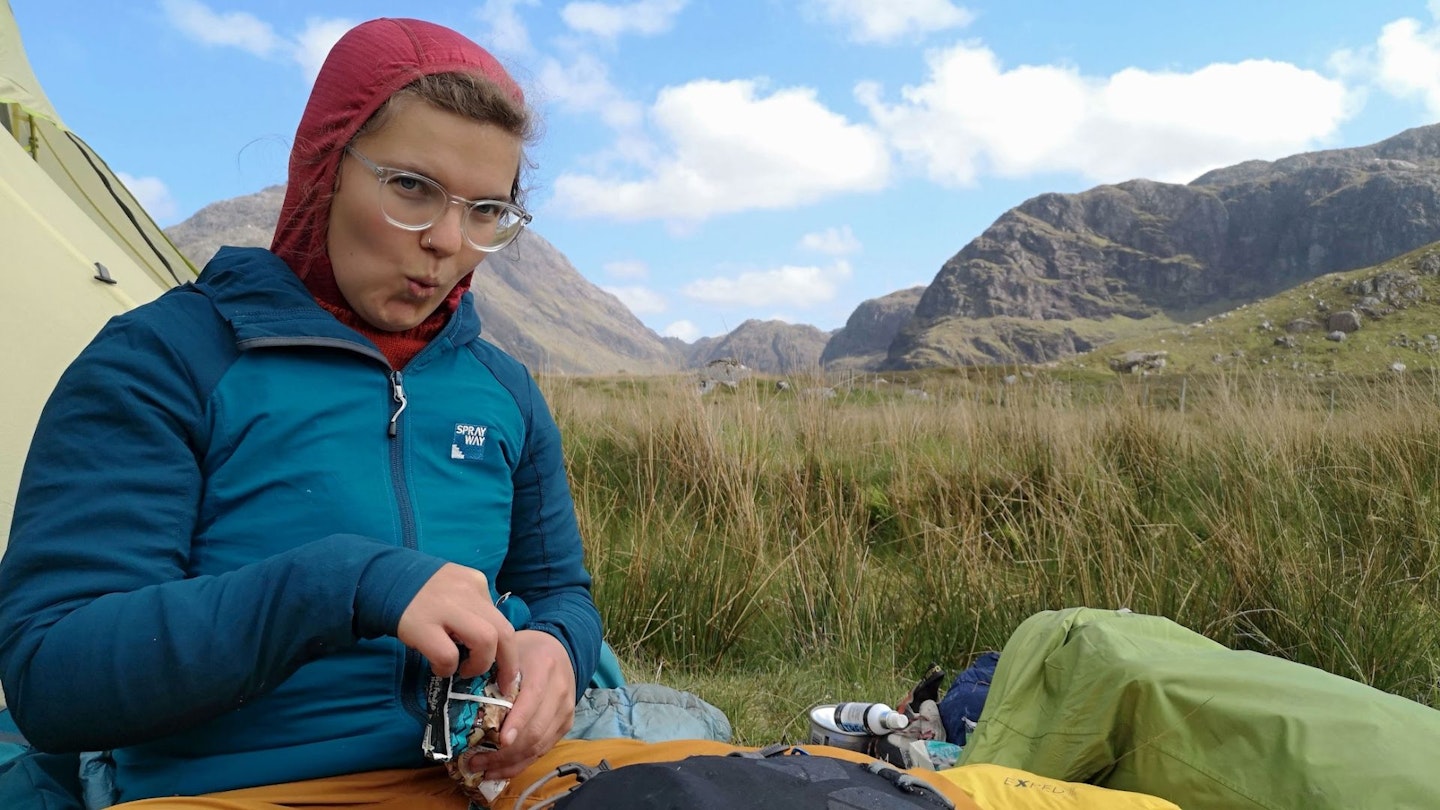
Fliss Freeborn is a lifelong camper, and writer for LFTO. She compiled this article collaboratively with advice and pictures from the rest of the LFTO team, in addition to using her own recommendations from nearly 1000 nights under canvas.
